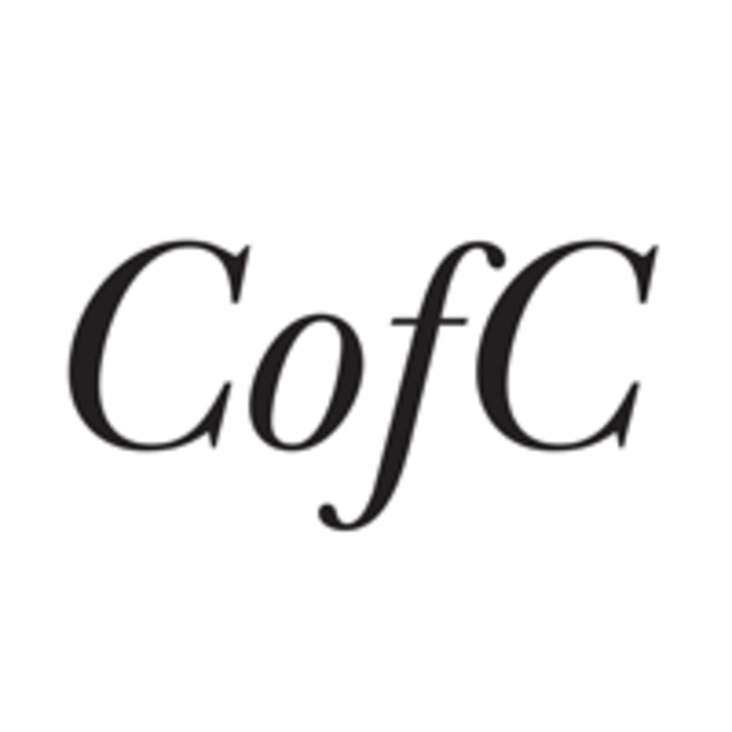












38 West 86th St.
New York, NY 10024
212.501.3000
admissions@bgc.bard.edu
18 West 86th St.
New York, NY 10024
212.501.3023
gallery@bgc.bard.edu
BGC Gallery is currently closed.
38 West 86th St.
New York, NY 10024
212.501.3000
admissions@bgc.bard.edu
18 West 86th St.
New York, NY 10024
212.501.3023
gallery@bgc.bard.edu
BGC Gallery is currently closed.
Transformative Processes in Yolngu Art
Howard Morphy
Australian National University
February 21, 2017
6:00 – 7:30 pm
Howard Morphy will present at the Indigenous Arts in Transition Seminar on Tuesday, February 21, at 6 pm. His talk is entitled “From the Antipodes to the Met: Transformative Processes in Yolngu Art.”
The arts section of the New York Times of November 23, 1941 was dominated by a spread of three images under the heading: “From the Antipodes to Surrealism.” The central image was a bark painting by an unnamed artist from Western Arnhem Land in the Northern Territory of Australia. On either side were paintings by Salvador Dali and Joan Miro. At the time Australian Aboriginal art was little known outside Australia and the Yolngu people of North-East Arnhem Land had only recently come under government control. Three-quarters of a century on, the work of Yolngu artist Gunybi Ganambarr has joined the collections of the Metropolitan Museum of Art. In this lecture, Morphy will trace the history of this journey and explore the creative trajectory of Yolngu art. Yolngu continue to make art work for different audiences—from ceremonial participants in Arnhem Land to exhibition viewers in the metropolis.
Howard Morphy is Distinguished Professor in the School of Archaeology and Anthropology at the Australian National University. The main focus of his research has been on art, museum collections, and visual anthropology. His most recent book is Becoming Art: Exploring Cross-Cultural Categories (Berg, 2007). He has also authored a general survey, Aboriginal Art (Phaidon, 1998). He was awarded the 2013 Huxley Medal of the Royal Anthropological Institute and is currently a Scholar at the Getty.




38 West 86th St.
New York, NY 10024
212.501.3000
admissions@bgc.bard.edu
18 West 86th St.
New York, NY 10024
212.501.3023
gallery@bgc.bard.edu
BGC Gallery is currently closed.
